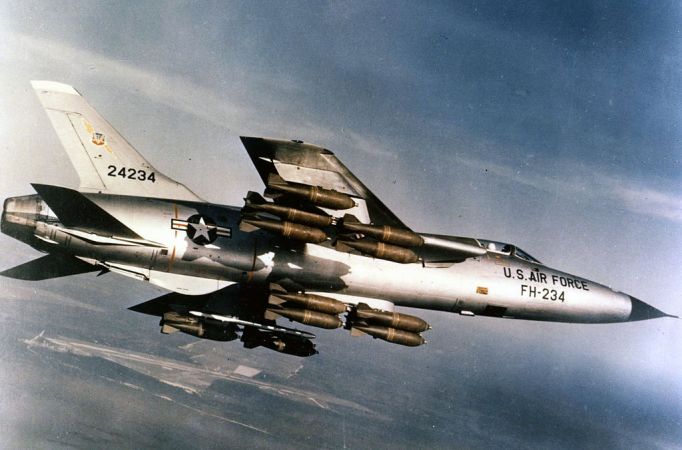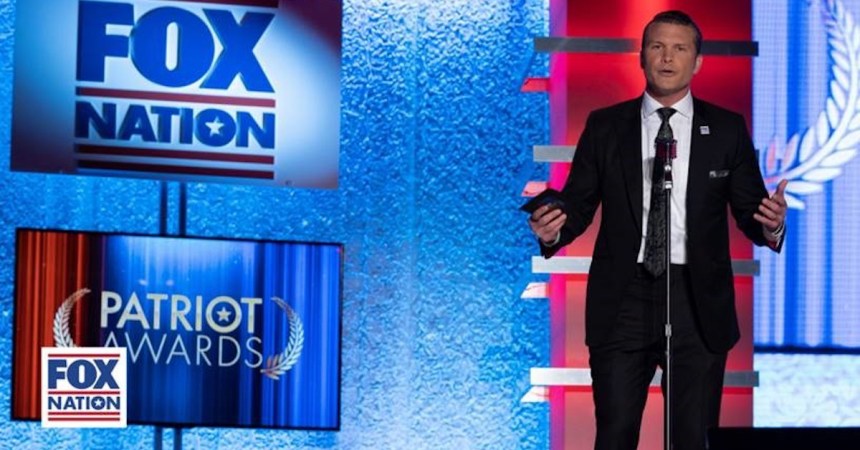Eighteen B-52 bombers took off from Fairchild Air Force Base, Washington on October 10, 1969, each loaded with nuclear weapons. Although the bombers were headed toward Moscow, the goal was to influence outcomes around Hanoi. The bombers’ mission was to proceed directly to the Soviet Union in order to convince the Soviets that America at the hands of President Nixon was willing to resort to nuclear war to win in Vietnam.
A critical component of Nixon’s foreign policy was to make the leaders of the Soviet Union and the Eastern Bloc think he was insane — like really insane — and he wanted the Communist leaders of the world to believe that he was ready to start World War III to prevent communist expansion.

“I want the North Vietnamese to believe I’ve reached the point where I might do anything to stop the war,” Nixon told his Chief of Staff. “We’ll just slip the word to them that, ‘for God’s sake, you know Nixon is obsessed about communism. We can’t restrain him when he’s angry — and he has his hand on the nuclear button’ and Ho Chi Minh himself will be in Paris in two days begging for peace.”
Tough talk against a guy who went on the record willing to lose 10 Vietnamese for every invader.

In 1968, Nixon campaigned on ending the war in Vietnam, but well into his first year in office, the North Vietnamese vowed to sit at the bargaining table in Paris “until the chairs rot.” Nixon wanted the Soviet leadership, widely seen as the puppeteers of North Vietnam’s leaders, to force the Vietnamese regime to conclude a peace agreement. The true intent of the plan was so secret, not even Gen. Bruce K. Holloway, commander of the Air Force’s Strategic Air Command knew the mission’s true purpose. The facts about the operation, called Giant Lance, were not made public until a 2000 Freedom of Information Act request revealed it.

The bombers flew along Soviet airspace for three days as other nuclear forces around the world — destroyers, cruisers, and aircraft carriers in the Atlantic, Mediterranean, Gulf of Aden, and Sea of Japan — all executed secret maneuvers that were designed to be detectable by the Kremlin. In response Soviet Ambassador Anatoly Dobrynin met with Nixon to discuss the raised state of alert of U.S. forces.
The Madman Theory worked in that respect. Dobrynin warned the Soviet leadership that “Nixon is unable to control himself even in a conversation with a foreign ambassador,” about Nixon’s “growing emotionalism” and his “lack of balance.” Nixon would order an end to Giant Lance suddenly on October 30.

The plan didn’t end the war in Vietnam, however. It was the president’s belief his Madman Theory did lead to agreeable terms for the SALT I (Strategic Arms Limitation Treaty) and his anti-ballistic missile treaties with the Soviet Union in 1972. That same year Nixon would drive the North Vietnamese back to the bargaining table each time they tried to leave through a series of bombing campaigns on North Vietnamese targets with operations Linebacker and Linebacker II.











